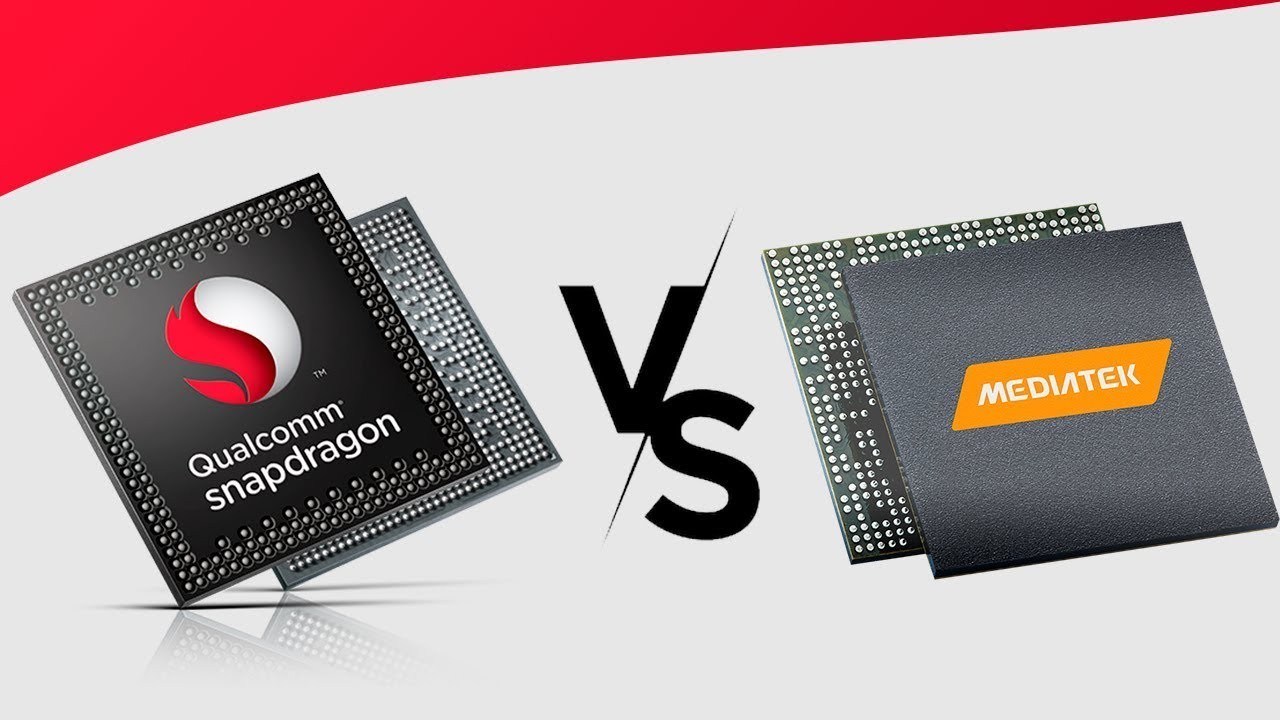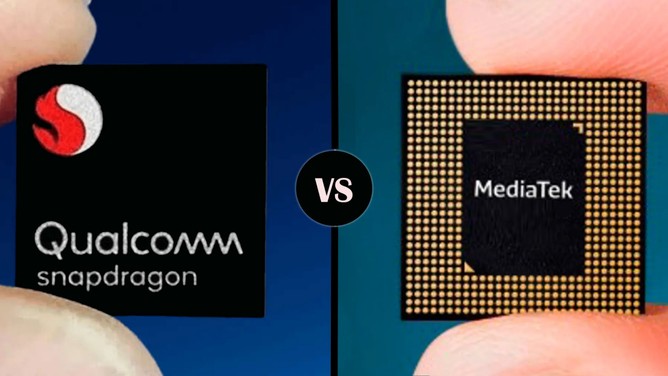MediaTek Dimensity 9300 aims to take on Snapdragon 8 Gen 3, but how?
The upcoming MediaTek Dimensity 9300, which will adopt TSMC's N4P process, is set to go head-to-head with Qualcomm's Snapdragon 8 Gen 3 in the highly competitive mobile chip market.

Mediatek and Qualcomm are two prominent players in the competitive mobile chip market. Over the years, they have been known to be fierce rivals, constantly vying for supremacy in the highly competitive semiconductor industry.
Both companies have a long history of developing cutting-edge chipsets for smartphones and other mobile devices, and their products have been widely used by major smartphone manufacturers around the world.
MediaTek might finally take over Qualcomm
Although MediaTek made some gains in market share with the introduction of its 5G Dimensity chips, it has yet to capture the limelight in the flagship market.
Recently, Digital Chat Station, a well-known tech blogger on Weibo, revealed that MediaTek's upcoming next-generation flagship SoC will be called Dimensity 9300 and will be manufactured using TSMC's N4P process, as per his claims.

The Dimensity 9300, powered by this N4P process, is poised to deliver substantial performance gains over the N5 technology, with notable improvements in performance, power efficiency, and transistor density. These advancements position the Dimensity 9300 as a formidable player in the competitive mobile SoC market
Competitive market means more advanced SoCs
Both MediaTek's Dimensity 9300 and Qualcomm's Snapdragon 8 Gen 3 are slated to make their debut in the second half of 2023, setting the stage for an intense competition in the mobile chip market.
These highly anticipated competitive releases are expected to bring enhanced performance and optimizations to mobile devices, promising an improved user experience for consumers. With both chips boasting significant performance improvements and optimizations, consumers can look forward to even more powerful and efficient mobile devices in the near future.







